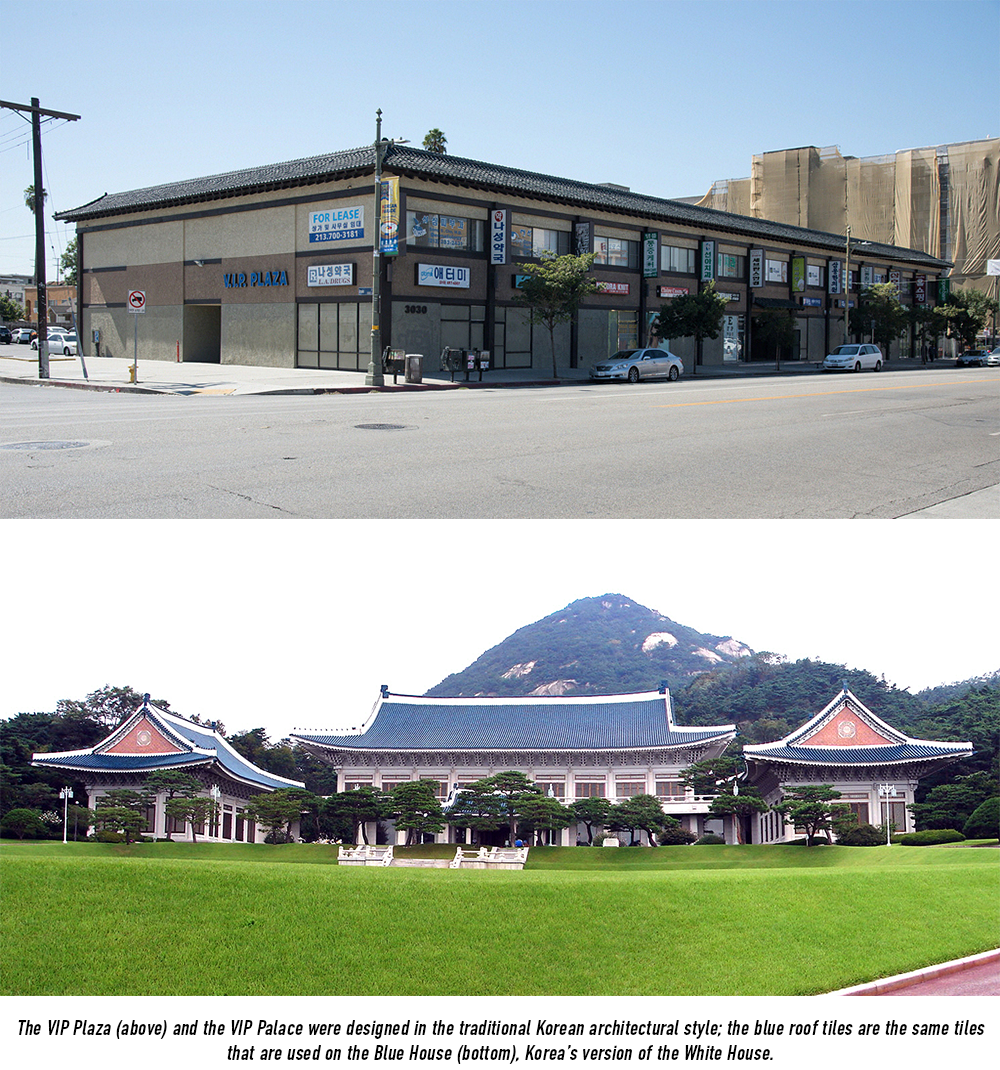Koreatown is one of the most well-known districts in Los Angeles, known for being a “home away from home” for the Korean community. With Korean culture now at the forefront of the world stage, this district has many visitors due to their interest in Korean entertainment, art, and cuisine. To honor this integral part of Los Angeles, we are sharing the history of Koreatown and how it became what it is today.
The Beginning of Koreatown
The history of LA’s Koreatown begins with the immigration of Korean independence activist Dosan Ahn Chang Ho and his wife, Hye Ryeon (Helen) to the United States in 1902. A year later, the first wave of Korean immigrants settled in Hawaii and more began to immigrate towards Southern California to farm in the Riverside and Claremont communities.

Ahn Chang Ho and his family eventually settled on Bunker Hill in the center of Downtown, Los Angeles. The Korean Presbyterian Church and the Korean National Association - both founded by Ahn - were later planted on Jefferson Blvd, neighboring each other. Since many Koreans were localized around these two pillars, the Koreatown district began to gradually form.
After the Hart-Celler Act of 1965 permitted more immigrants to enter the country, the Korean community boomed. Thousands of people from Korea moved to join loved ones that had arrived during the first and second waves of immigration. Immigrants of other ethnicities also moved to the area, diversifying what is today known as Koreatown.
Koreatown Takes Root In Los Angeles
Koreatown’s growth was significantly furthered thanks to businessman Lee Hi Duk, who previously worked in the United States and Germany and had a longstanding passion for Korean history. After immigrating to the United States in 1968, he noticed there was a lack of places for Korean people to buy groceries. Wanting to improve this situation, he opened the Olympic Market at 3122 West Olympic and stocked it with Korean brands. The Olympic Market later became a staple location for the roughly ten thousand Korean people living in the LA area.

Desiring to establish an official town for his fellow Koreans to call their own, Lee began building “Korean Village”, which set the plans and vision for what we now call Koreatown. After the success of Olympic Market, Lee had bought five blocks around Normandie Avenue and Olympic, where he established the VIP Plaza - a shopping center that featured Korean-owned businesses.
Lee also operated VIP Palace, a restaurant that became a center for Korean people to host a variety of events such as weddings, birthdays, and even meetings for politicians and officials.

Lee was so passionate about his vision that he worked closely with city officials and property owners to push the development of Koreatown complete with gates to the “city” on Olympic Boulevard. With barely any funding aid from others, Lee urged then-Mayor Tom Bradley and other city leaders to put up a Koreatown sign. This was later installed near the 10 freeway and Normandie Ave in 1982.

Lee’s wish to make Koreatown more of a home than a business district also manifested through sponsored community works, which included cultural events and fashion shows for traditional Korean clothes. He also helped showcase Korean arts such as Korean drumming and fan dancing during special events. Thanks to Lee's efforts, Koreatown was later formally recognized as a neighborhood by Los Angeles County in 1980.

Rising From The Ashes
Despite Koreatown’s growth, the residents of the area experienced major setbacks following the LA Riots, during which a large number of Korean businesses were looted or destroyed. Many owners were forced to close doors permanently because they could not recuperate from the damage costs.
Although this was a devastating and dark time for many families, the residents of the area came together to rebuild their livelihoods. In fact, many younger Korean-Americans who witnessed the damages decided to invest in Koreatown businesses, thus helping the neighborhood rebuild itself. They were joined by South Korean investors in the 1990s, who also began pouring funds into large-scale projects in Koreatown.
Today, thanks to the skyrocketing popularity of K-entertainment and Korean cuisine in recent years, more people are visiting the district and supporting Korean-owned businesses. Koreatown is now known by people from all over the United States as a hub of Korean culture. For those who visit the vibrant neighborhood we know now, it might be hard to imagine the difficulties that the town experienced in the past. However, the history behind Koreatown makes the rise of the district even more impressive.




3 comments
Hi, do you know where I may be able to get a high-res version of the photo of the Koreatown sign unveiling? Having a print of it would mean so much to my partner! Thank you!
Dosan and his wife were living in San Francisco in the late 1890s. They lived in one corner of Chinatown with a few other Koreans. They moved South after the earthquake.
The first Korean owned business on Olympic Blvd was John Han’s print shop which later became Koreana Gifts which opened in 1962.
John was printing newsletters and Sunday programs for the KNA and the Korean Presbyterian Church in the 1950s.
I remember living through the LA Riots! Thanks for sharing this. Didn’t know Korean American history went so far back.
Leave a comment